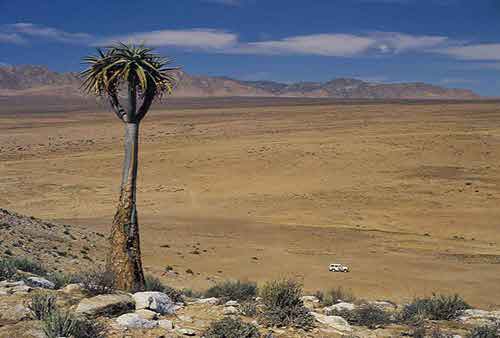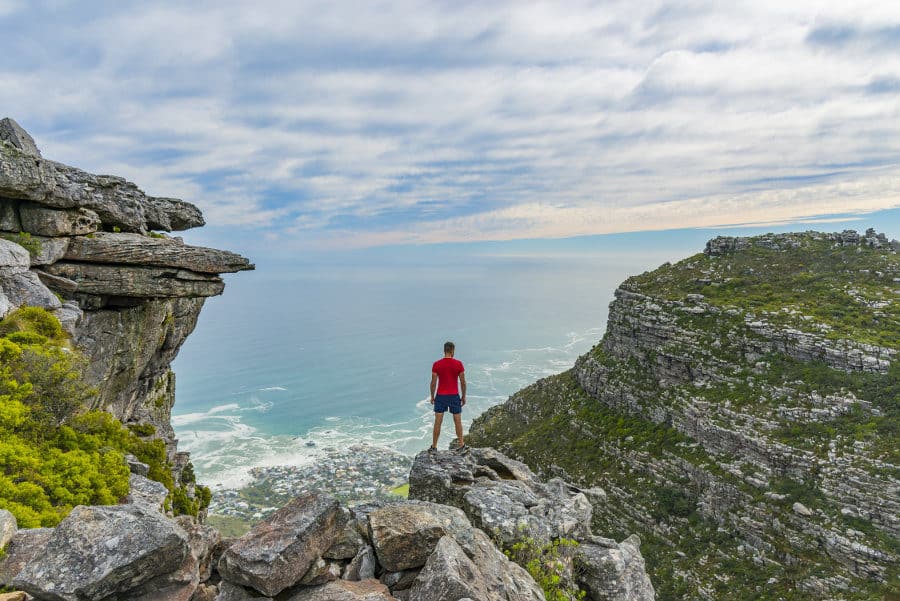It’s a desolate and forbidding landscape to some, but for others the Ai-Ais/Richtersveld National Park is the epitome of beauty, stark and moonlike though it is.
I adore arid places. Deserts really rock in my book. They are so interesting and filled with the most fascinating plants and animals which have managed to find ways to not just survive in an extremely harsh environment, but actually thrive.
Ai-Ais/Richtersveld is jointly managed by South African National Parks and the local Nama people, and the park is part of a transfrontier conservation area (TFCA) which spans across the border between South Africa’s northern cape and southern Namibia.

It came into being on August 1 2003, when the Ai–Ais Hot Springs Game Park in Namibia and Richtersveld National Park in South Africa were joined in one of the first TFCA initiatives.
Now part of the magnificent Boundless Southern Africa branding initiative which markets all of the nine TFCAs, the park is quite remote, being just over 1500km from Johannesburg and 875km from Cape Town.
This makes it classic Road Trip material, and because it’s also the home of the world’s second largest canyon – the Fish River Canyon – it makes it one of Africa’s top Road Trip destinations and an overland safari classic.
From delicate miniature rock gardens – nature’s own landscape gardening – to tiny succulents and other-worldly rock formations, the Richtersveld flora and fauna are watered only by occasional, seasonal rains and early morning fog which rolls in from the cold Atlantic Ocean.
Slicing through this harsh wilderness is the Orange River, offering some respite from the dry and rugged terrain and acting as a border between Namibia and South Africa.
At Sendelingsdrift, on the South African side, the old pont which was last in service in 1988, when South West Africa (now Namibia) was still governed by South Africa, has been restored and offers an unusual and convenient way of crossing the river, being strong enough to carry the equivalent weight of a 32-seater bus, or two fully-loaded double-cab 4x4s.
This place is not for “sissies” and is only accessible by means of a 4×4 – normal sedans are not permitted in the park, but vehicles with high clearances such as combis and LDVs do make it through. But for anyone bold enough and adventurous enough to make the journey into the park’s hinterland, the rewards are phenomenal.

There’s a host of accommodation options in the park, from the Sendelingsdrif Rest Camp to Tatasberg and Ganakouriep wilderness camps, hiking trails and camp sites.
The environment of the park is unique, making camping or staying in its rest camps out of the ordinary. As a result, there are some important things to remember before considering the Ai-Ais Richtersveld as a destination, especially if you are considering traversing it yourself and not as part of an organised safari or tour.
For a start, drinking water can be an issue, as some of the rest camp water supply is not suitable for consumption. There are no shops in the park, so everything you need has to be taken in with you, and, most importantly, removed by you.
While petrol and diesel is available at Sendelingsdrif, there is no unleaded petrol available in the park. The nearest garage with unleaded petrol is in Alexander Bay, 80km away.
When camping, it’s important to remember that heavy dew occurs at night. Temperatures in the park are extreme – up to 53 Deg C in mid-summer but with much cooler nights, and cold in winter.
Insect repellent is a must, as are plastic refuse bags, as the park requires that all rubbish be removed on departure. There is no firewood or kindling available in the park, so this must be taken in by guests, although SanParks advises that gas braais or cookers be used as the wind in the evenings makes traditional braaing (our local vernacular for barbecuing) a problem.
You need to pack for all eventualities and climates, with fleeces, rain gear and wind-cheaters for early mornings and evenings, as well as lightweight safari clothing for daytime.
An extra spare wheel, tools, spares and enough food and extra water are also recommended.
If taking on the Richstersveld sounds like an adventurous expedition – it is, but one that’s going to give some special holiday memories for the rest of your life. And probably have you going back for more.


